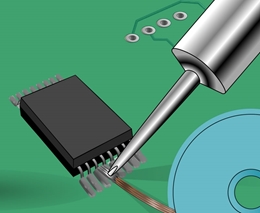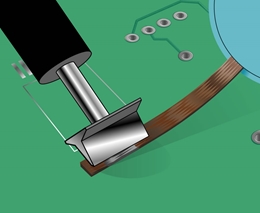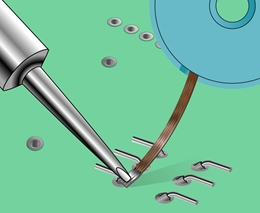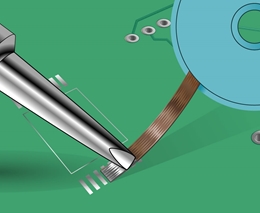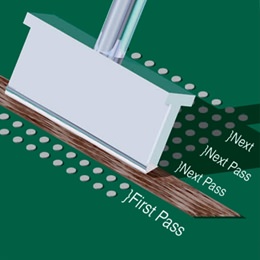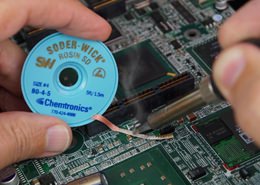
Your Sample Request
Soder-Wick No Clean Desoldering Wick
*=required field
TDS
REGS
SDS
Soder-Wick No Clean Desoldering Wick
Soder-Wick No Clean desoldering wick is designed to provide fast and safe desoldering without leaving behind harmful flux residues. Soder-Wick No Clean desoldering wick uses pure, oxygen-free copper braid and a patented flux technology to make an efficient and effective desoldering braid.
Soder-Wick brand desoldering wick offers the state of the art in desoldering technology. Soder-Wick is designed for today’s heat sensitive electronic components using lighter mass, pure copper braid construction that allows for better thermal conductivity, even at low temperatures. Soder-Wick responds faster than conventional desoldering braids thereby minimizing overheating and preventing PCB damage.
Each 25' or longer spool is individually packaged in a sealed bag. 5' and 10' bobbins have 2 packaging options:
 |
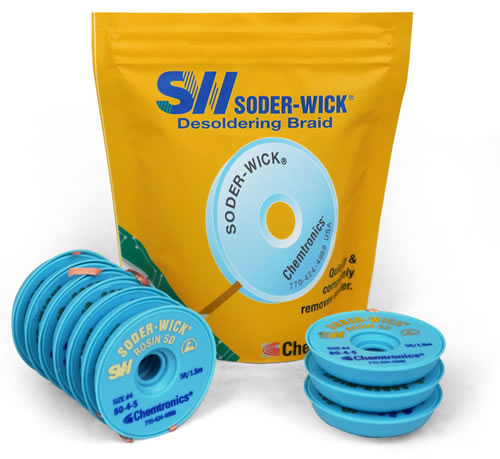 |
| 25 bobbins in resealable bag | 10 bobbins in resealable pouch |
Features & Benefits
- Patented noncorrosive, halide free, organic no-clean flux
- Desolders up to 40% faster than competitive no-clean braids and leaves boards cleaner
- Meets Bellcore TR-NWT-000078 and ANSI IPC SF-818 for Surface Insulation Resistance
Specifications
- MIL-F-14256 F
- NASA-STD-8739.3 Soldered Electrical Connections
- DOD-STD-883E, Method 2022
- ANSI/IPC J STD-004, Type ROL0
- Meets MIL-STD-883B, Bellcore TR-NWT-000078, ANSI/IPC J SF-818
- Meets parameters tested by the Singapore Institute of Standards and Industrial Research (SISIR) for Solderabilit

